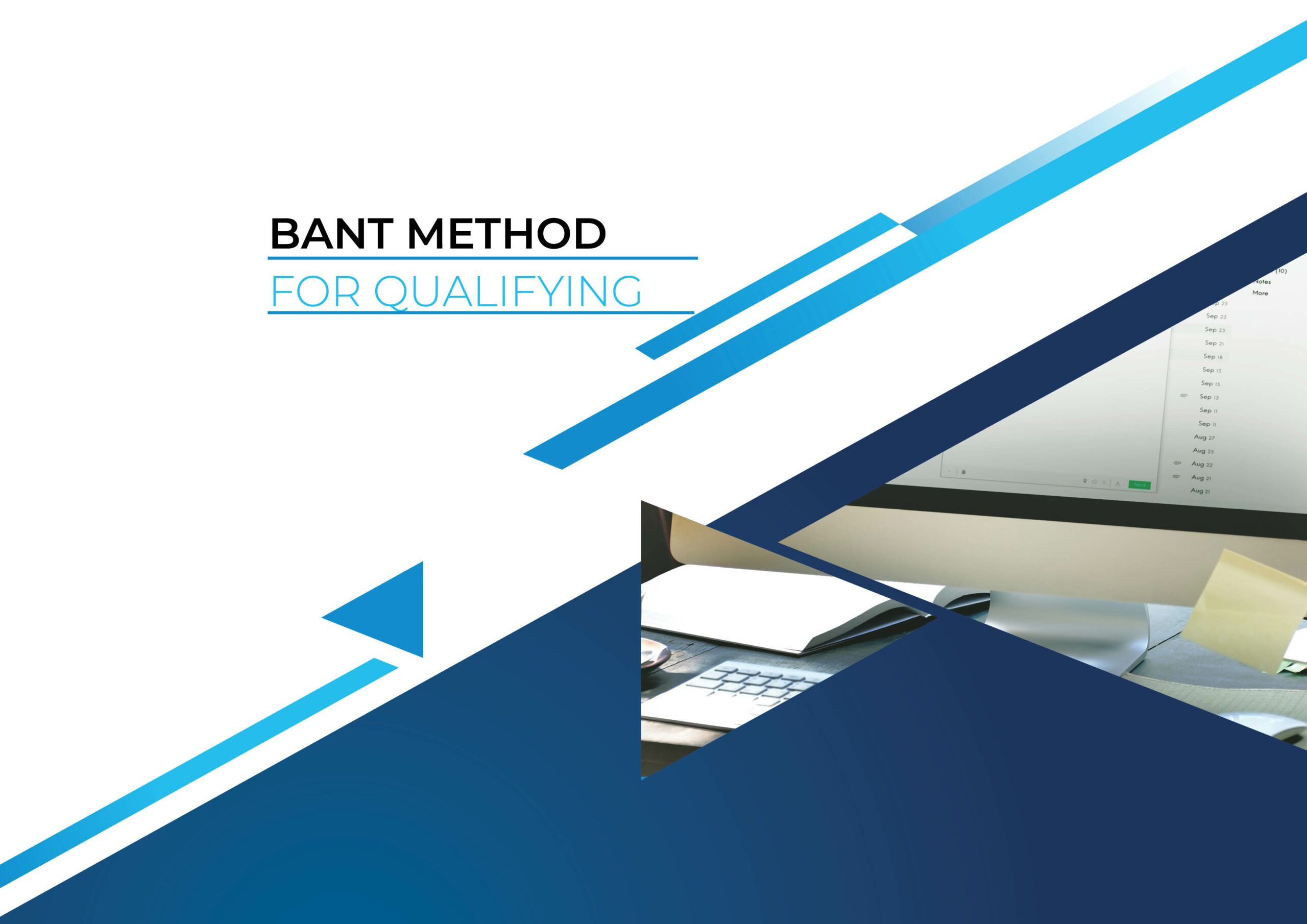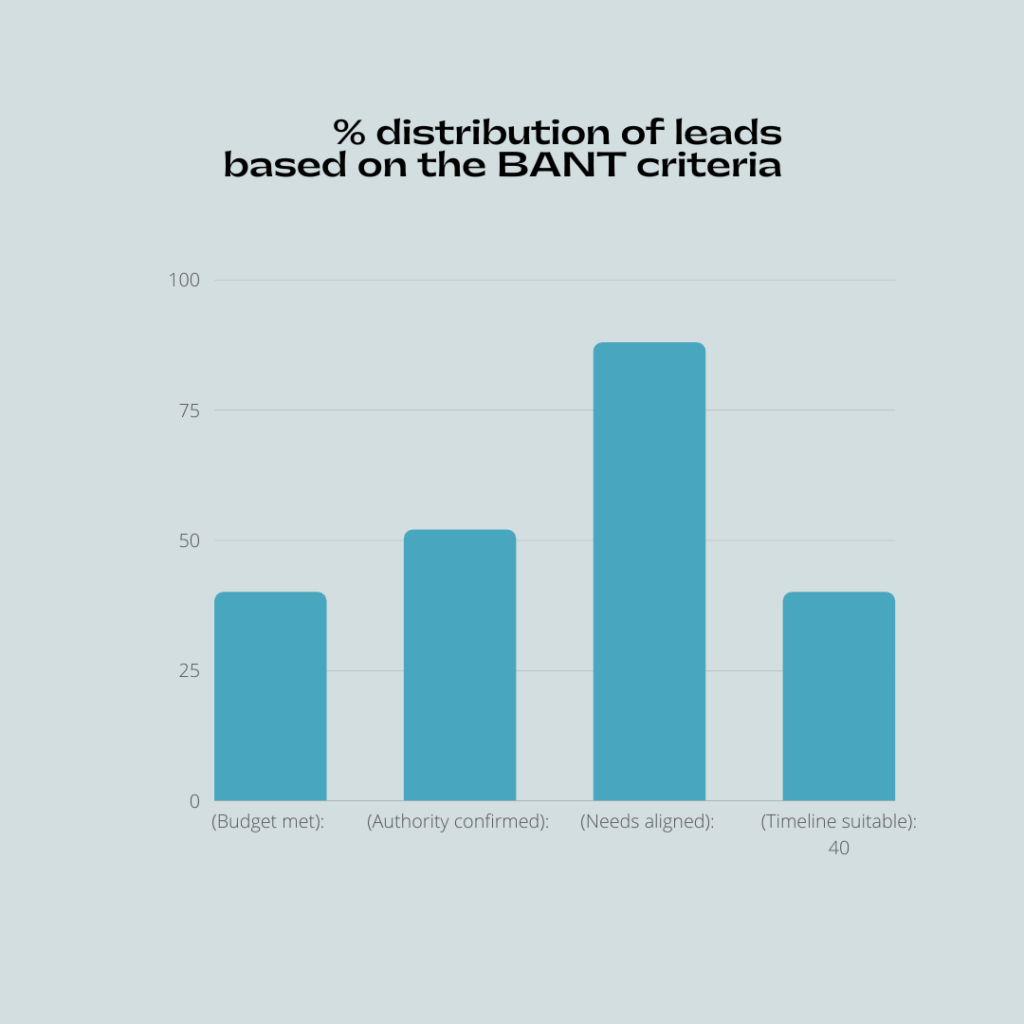Content Strategy

S1.7 The Effectiveness of Qualifying and Validating- Using the BANT Method
Overview
In this module, we explore the application of the BANT (Budget, Authority, Needs, and Timeline) framework for lead qualification in the wedding photography business. We dissect the four components of the framework, which aid in assessing a potential client’s ability to hire, their alignment with the photographer’s style, and their readiness to book. The unique utility of the BANT framework for wedding photographers and its efficient implementation, both through direct questioning and automated tools, are also discussed. The goal is to streamline client acquisition and foster successful collaborations.
By The End of This Lesson Students Will Be Able To
- Understand the importance and effectiveness of lead qualification and validation in the wedding photography business.
- Understand the BANT framework (Budget, Authority, Needs, and Timeline) and how it is adapted for qualifying potential clients in wedding photography.
- Identify the essential components of the BANT framework:
- Budget: Assess if the prospect can afford the photography services.
- Authority: Determine whether the prospect or someone else has the decision-making power to hire a photographer.
- Needs: Evaluate if the prospect’s expectations align with the photographer’s skills and style.
- Timeline: Ascertain if the prospect is ready to book the photographer for their wedding date.
- Learn the implementation process of the BANT framework and how to ask appropriate qualifying questions during the discovery call.
- Understand the uniqueness of the BANT client qualification framework for wedding photographers.
- Comprehend how to apply the BANT framework for efficient client qualification, leading to a better match between services and clients’ expectations.
- Learn the appropriate way to deliver BANT questions in a subtle and friendly manner.
- Learn to balance between automated lead generation tools and personal contact during the BANT qualification process.
- Understand the benefits of brief initial phone contact followed by email correspondence for efficient lead management and client communication.
Course Content
The Effectiveness of Qualifying and Validating- Using the BANT Method
Acquiring new clients as a wedding photographer starts with managing incoming leads effectively. BANT, an acronym for the four essential questions to pose during a discovery call with a potential client, stands for Budget, Authority, Needs, and Timeline. These questions are crucial as they cover the primary aspects needed for lead qualification and the development of a successful collaboration plan with the client. The BANT framework, originally devised for sales, can be adapted to help wedding photographers quickly screen individuals who express interest in their work.
Here’s how the various components of the BANT framework contribute to client qualification for wedding photographers:
Budget – Can the prospect allocate sufficient funds for the photography services?
Authority – Do they have the decision-making power to hire a photographer?
Need – Are your photography skills and style aligned with their expectations?
Timeline – Is the prospect ready to book you for their wedding date?
Qualifying potential clients is an indispensable step in a wedding photographer’s booking process. It prevents spending time on inquiries that are unlikely to convert and helps determine where to prioritize efforts. Of course, this is easier said than done. So how do you qualify leads? How do you determine if a prospect is a good fit for your photography services?
Using a client qualification framework like BANT can help. In this guide, we’ll describe the BANT framework adapted for wedding photographers, including what it is and how to determine if it’s right for your business. We’ll also clarify how you can implement this framework and provide a list of qualifying questions that you can ask during the discovery call.
What Makes the BANT Client Qualification Framework Unique for Wedding Photographers?
Budget: Can they afford your photography services?
Financial considerations play a significant role in any decision-making process. If a potential client cannot afford your photography services, they might not be a suitable match. By discussing pricing early on, you can determine whether to proceed with a lead. However, don’t dismiss a prospect too quickly. Their financial situation may change, or you may be able to justify the value of your services, overcoming pricing objections and persuading them to book you.
Authority: Are they the decision-maker for hiring a wedding photographer?
Hiring decisions often involve multiple people (parents, aunties, uncles, older sister, fiancé, some of whom merely relay information while others have the final say. Understanding your prospects can help you identify if they possess the authority to proceed or if you need to involve others. Even if a prospect isn’t the primary decision-maker, they may still have some influence. Building trust with your point of contact can turn them into an advocate for your services within their circle.
Needs: Do your photography skills and style meet their expectations?
The next step in the BANT framework is to comprehend your prospects’ needs. What are their expectations for their wedding photography, and do your skills and style align with them? If not, it’s better to disqualify a prospect and focus on those who genuinely require your services, as they are more likely to appreciate the value and become long-term clients.
Timeline: When do they plan to book a wedding photographer?
The final BANT component is the timeline. Prospects who are eager to book a wedding photographer soon exhibit a higher sense of urgency. Prioritizing these leads can accelerate the booking process and secure more clients.
By adapting the BANT framework to your wedding photography business, you can effectively qualify potential clients and focus your efforts on those most likely to convert. This client-centric approach ensures a better match between your services and your clients’ expectations, leading to a successful collaboration and satisfied customers.
Delivering BANT Questions Notes
The BANT questioning approach isn’t designed to follow the exact order of the acronym; rather, it serves as a mnemonic for easy recall of each step. Always conduct questions in a subtle and friendly manner, as the purpose is to assess the quality of your lead mentally. Ensure that the questions flow seamlessly without giving the impression of an interrogation that may deter potential clients.
If your lead generation tools are operating efficiently, you might not have the capacity to dedicate phone time for BANT questioning. In such cases, it’s advisable to incorporate the process into an automated script. Nevertheless, it is essential to make a brief phone contact, ideally lasting 1-2 minutes. After this initial contact, swiftly direct the conversation to email correspondence, enthusiastically promising a wealth of information via your packages page. This brief phone interaction not only saves time but also minimizes the risk of overselling, refrains from putting the client in a position of being chased for a sale, and avoids the need to constantly qualify and validate your services.

Cognitive Engagement Questions
© 2023 Karimah Clinton Academy. All rights reserved.
